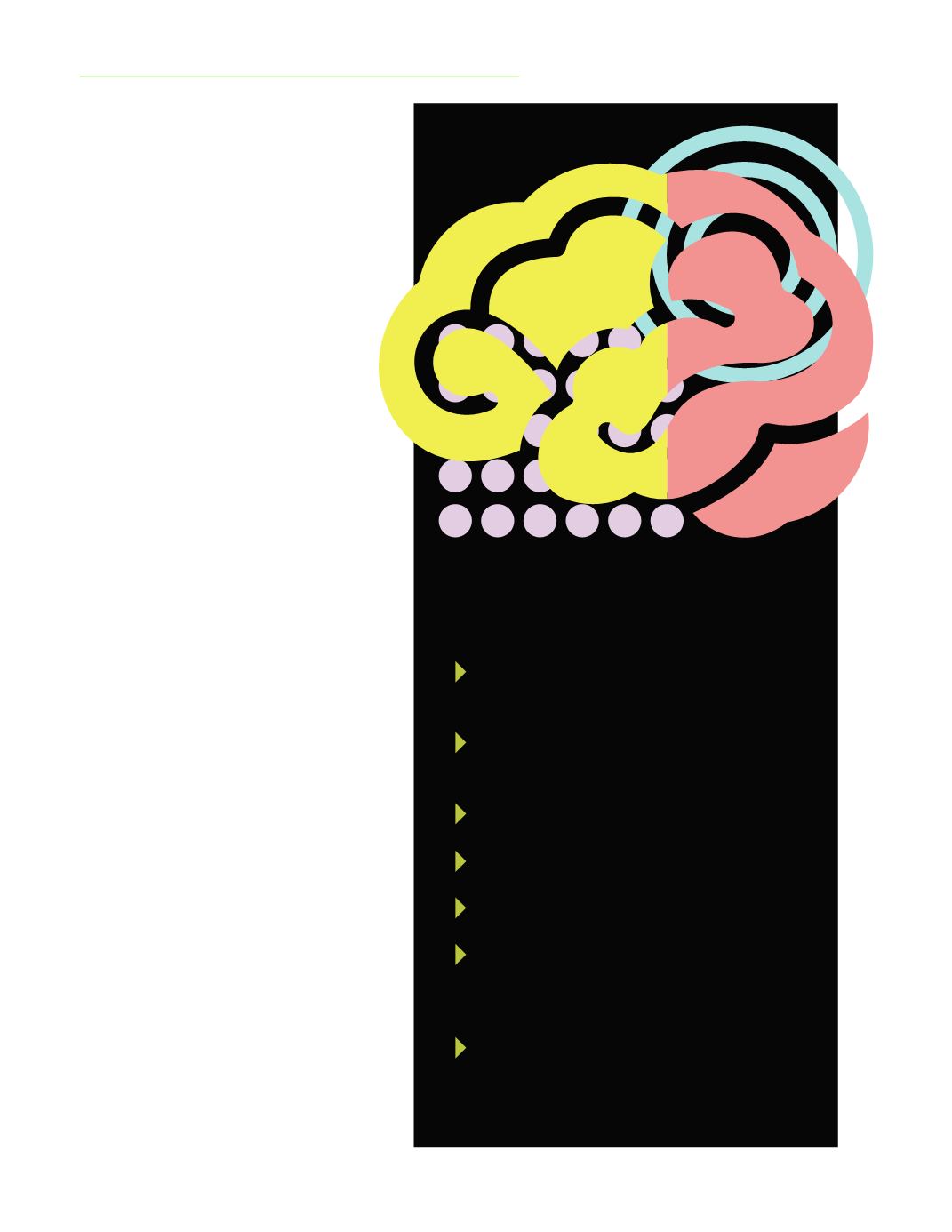
Christian Counseling Connection
17
INNOVATIVE THOUGHT & PRACTICE
Food Addictions?
More recent research has emerged pointing
to the construct of food addiction—espe-
cially “sugar addiction” (see sidebar). How
can one be addicted to food? Typically, we
are not addicted to broccoli or chicken.
Nevertheless, there are certain “triggers” for
food addicts—often processed sugar and
high-fat/greasy foods.
Here’s the dilemma… we understand
that people cannot abstain from food. After
all, we have to eat to live. In contrast, those
working with alcoholics would say, “An
individual doesn’t need to drink alcohol to
live;” however, he or she could not survive
without water. Even though we have to eat
and drink, we do not “need” to consume
high levels of sugar or fatty/greasy foods. Is
this type of food addiction really different
from substance abuse or are
we
so accus-
tomed to indulging in junk food that it is
unimaginable to think of abstaining from
what we crave—even though our clients
could experience a measure of freedom by
making healthy choices?
The Food Addict’s Cocaine
One of the most alarming discoveries in the
scientific and medical world is how sugar
adversely affects the body (see sidebar).
Research has found that sugar is eight times
more addictive than cocaine. Many respect-
ed doctors and healthcare professionals are
beginning to recognize and respond to these
facts. Besides the addictiveness of sugar
and processed foods, we are finding many
health problems related to the consumption
of these foods. There is now evidence that
sugar abuse can be connected to depres-
sion, anxiety, and learning/concentration
difficulties.
WhyTraditional Therapies Do Not
Work
If a client has a physical addiction, tradi-
tional treatment modalities will be helpful
to a point. However, eating will remain out
of control if the person continues to handle
the foods he or she is addicted to, much
like an alcoholic trying to manage alcohol
in moderation.
WhatWillWork for Food Addicts?
Addiction model treatment providers rec-
ommend abstinence from foods of abuse,
structured eating plans, and 12-step meet-
Sugar stimulates the reward centers in the
brain through the release of dopamine like
other addictive drugs.
Brain imaging shows that high-sugar and high-
fat foods work just like drugs of abuse, such as
heroin and morphine.
Sweets and high-fat foods stimulate the release
of the body’s own opioids in the brain.
People can develop a tolerance to sugar—
needing more and more to satisfy their hunger.
People and animals experience sugar
withdrawal.
Obese people, like drug addicts, have been
found to have fewer dopamine receptors,
making them more likely to have cravings for
things that increase dopamine.
Drugs used to block brain receptors for
heroin and morphine (naltrexone) also reduce
the consumption and preference for sweet,
high-fat foods.
WHAT
SCIENCE
IS
SAYINGABOUT FOOD
ADDICTIONS








